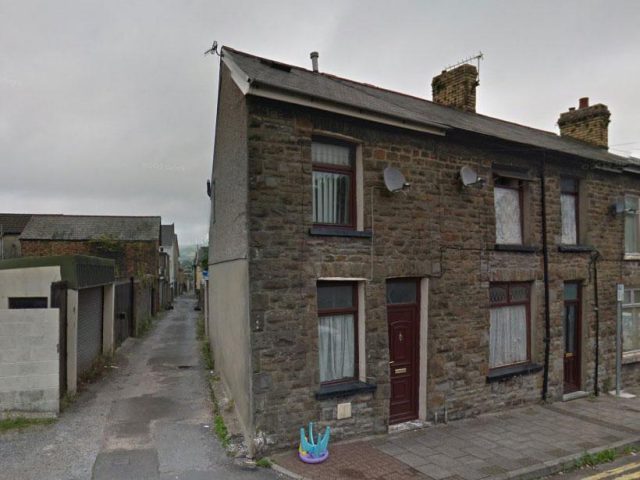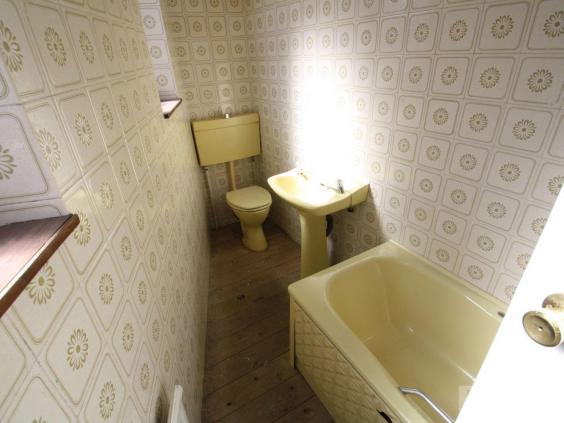There are only 16 areas in England and Wales that are affordable for single first time buyers on an average income.
Generation rent is well aware of the sky-high deposits required for getting onto the property ladder, while house prices continue soaring.
Having to save these huge deposits is making it increasingly difficult for couples to buy their first home, meaning that those on a single salary are facing even more hurdles.
Recent research by Savills found that there are now just 16 council districts in England and Wales, out of a total of 348, where a single buyer earning an average salary is able to buy a moderately priced property.
Where can a single first time buyer purchase a home?
|
Position
|
District |
Region |
Income needed for single buyer |
Income needed for two buyers |
Average house price |
Average salary
|
| 1 |
Blaenau Gwent |
Wales |
£13,333 |
£8,571 |
£75,000 |
£19,400 |
| 2 |
Burnley |
North West |
£15,022 |
£9,657 |
£84,500 |
£20,184 |
| 3 |
Merthyr Tydfil |
Wales |
£15,822 |
£10,171 |
£89,000 |
£19,930 |
| 4 |
Hyndburn |
North West |
£15,991 |
£10,280 |
£89,950 |
£19,660 |
| 5 |
Pendle |
North West |
£16,356 |
£10,514 |
£92,000 |
£21,180 |
| 6 |
Stoke-on-Trent |
West Midlands |
£17,067 |
£10,971 |
£96,000 |
£19,236 |
| 7 |
Rhondda Cynon Taf |
Wales |
£17,244 |
£11,086 |
£97,000 |
£20,788 |
| 8 |
Kingston upon Hull |
Yorkshire and the Humber |
£17,511 |
£11,257 |
£98,500 |
£17,796 |
| 9 |
Blackburn with Darwen |
North West |
£17,778 |
£11,429 |
£100,000 |
£18,345 |
| 10 |
Neath Port Talbot |
Wales |
£18,667 |
£12,000 |
£105,000 |
£20,412 |
| 11 |
County Durham |
North East |
£19,556 |
£12,571 |
£110,000 |
£21,468 |
| 12 |
Barnsley |
North West |
£20,000 |
£12,857 |
£112,500 |
£20,396 |
| 13 |
Copeland |
North West |
£20,978 |
£13,486 |
£118,000 |
£29,190 |
| 14 |
Liverpool |
North West |
£20,978 |
£13,486 |
£118,000 |
£21,184 |
| 15 |
Wigan |
North West |
£21,333 |
£13,714 |
£120,000 |
£21,788 |
| 16 |
North Lincolnshire |
Yorkshire and the Humber |
£21,867 |
£14,057 |
£123,000 |
£22,835 |
Unsurprisingly, Savills’ study found that single buyers are priced out of Greater London, the East of England and the South East, where house prices are continuing to soar.

Just 16 Areas are Affordable for Single First Time Buyers
The 16 most affordable regions are either in the North West, North East, Yorkshire and the Humber or the West Midlands in England or in Wales.
And Savills believes that now is a good time to purchase. The Head of Residential Research, Lucian Cook, explains: “While our five-year mainstream house price forecasts for the North East, North West and Wales are lower than the UK average, all areas are expected to experience positive growth to 2020, ranging from 12% in the North East to 14.8% in Wales.”1
Blaenau Gwent in south Wales is the cheapest place to purchase a home, with an average price of £75,000. To afford a typical two or three-bedroom terraced house in this area, a single buyer would need to earn just over £13,000 per year. As the average salary in Blaenau Gwent exceeds this by £6,000, it is considered the most affordable place for single first time buyers to get onto the property ladder.
The highest average house price of the 16 locations is in North Lincolnshire, at £123,000. Buyers here must earn close to the average annual wage of £23,000 to qualify for a mortgage.
Liverpool is the most expensive of the areas for single buyers, as they will need an income of £20,978 a year to buy a £118,000 home.
Lenders are more likely to consider couples on two salaries, as they are considered lower risk buyers. Purchasing as a pair almost halves the amount each person needs to earn a year, taking the required salaries to just £8,571 in Blaenau Gwent and rising to a maximum of £14,057 in North Lincolnshire.
The individual incomes needed by a couple are not exactly half of the amount needed for a single buyer, as the loan-to-income ratios for single and dual earners are different – usually three-and-a-half times the income for dual earners and four-and-a-half times for single workers.
1 http://www.homesandproperty.co.uk/property-news/buying/uk-house-prices-the-most-affordable-areas-for-single-buyers-in-england-and-wales-a99016.html








